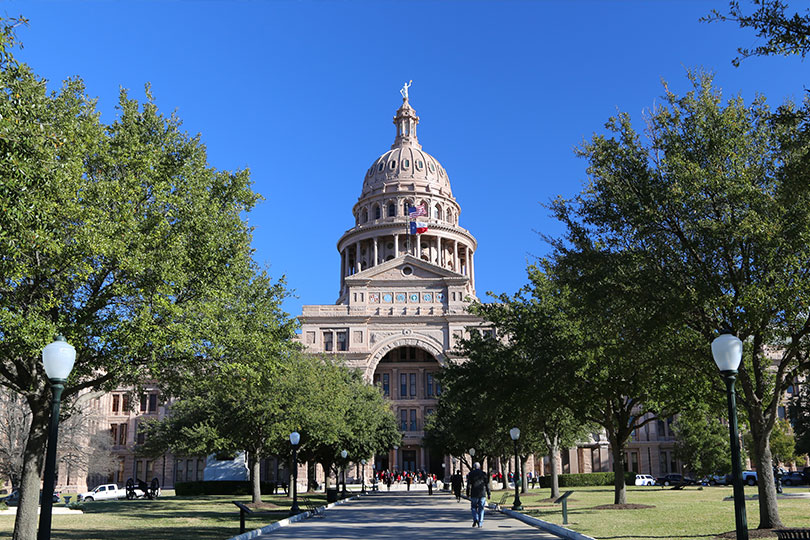By Jennifer Whitlock
Field Editor
Every U.S. Census is followed by the legislative redistricting process in which political district boundaries are redrawn according to population shifts.
Data released by Texas State Demographer Dr. Lloyd Potter shows the state’s population ballooned to more than 29 million people in 2020, an increase of 15.9%, or almost 4 million people, since the last Census in 2010.
Texas became significantly more urban, and district maps have been drawn accordingly, leaving rural Texans with fewer representatives.
“We lost three rural seats in the Texas House through redistricting this year. Three rural state representatives in Northeast Texas, South-Central Texas and Southeast Texas decided not to run again, and their counties were absorbed into surrounding rural districts,” Texas Farm Bureau (TFB) Associate Legislative Director Billy Howe said. “We had one district redrawn to where it isn’t considered rural anymore, but a new rural district in Central Texas was created. So, we ended up only losing a net of three rural districts.”
Because of the increase in the state’s population, Texas now has a total of 38 congressional districts, up two from the last census count.
Out of the 38 congressional seats, 31 Texas Senate seats and 150 Texas House seats, Howe noted respectively, only eight, four and 30 are now considered rural districts, or districts where the majority of counties have a population of less than 100,000 people.
He added even though most districts are majority urban now, rural voters do still ultimately help determine who wins elections. So, being proactive voters and advocates for agriculture and rural communities remains very important.
“As an organization, TFB must be proactive, because we now have more rural counties paired with suburban and urban counties in these political districts,” he said. “We’ll have someone new representing those rural counties, so we really need to stay engaged and actively meet with them. We must share with them the needs of their rural constituents to help them understand the importance of agriculture and rural communities.”
And when there’s an open seat, Howe noted TFB and other agricultural organizations in the state must continue to seek out and help elect candidates in urban districts who understand agriculture and small towns.
“This has been the case over the past 30 years, as rural representation has diminished, but it’s exacerbated now as our urban centers continue to gain even more people, and rural counties continue to shrink or stay the same in terms of population. To be successful on our priority legislative issues, we must have votes from legislators and congressional members from urban areas,” he said. “So, that means we don’t only focus on communicating with our rural representatives who know us and understand us. We have to include all Texas lawmakers in our outreach and education efforts to help them understand the unique issues and concerns rural constituents face. If they don’t know anything about us, they can’t help us. We absolutely must be sure we’re doing the best we can to reach every legislator so they know why these issues are priorities for us.”
Census data for redistricting are available from the Texas Demographics Center at demographics.texas.gov.
New maps of Texas districts are available from Texas Legislative Council at dvr.capitol.texas.gov.


I have watched agriculture become a minority in Texas as Farms have gotten bigger and many have left and gone to Urban settings. With that being said we must stay connected with those friends and family in the cities and make sure they keep Farm values to their representatives. I have watched cities wanting to take our land, are water and our way of life with the excuse of highest and best use. It is called eminent domain. That is the reason almost 30 years ago I became a Farm Bureau director, to be able to go to Austin, at the Capitol and plead our case to our Representatives. As a producer in the minority of the production of agriculture, we must have our voices heard!
We have to stand together
The rate farm lands and farming profession are being abandoned is concerning. Younger generation of today tend to favor Urban life and other professions than farming. Something USDA has to take more serious in addressing and encouraging young generation that Farming is also a respectable profession.